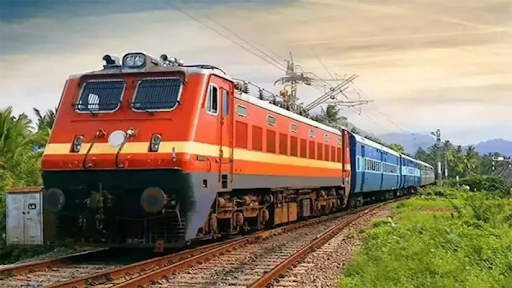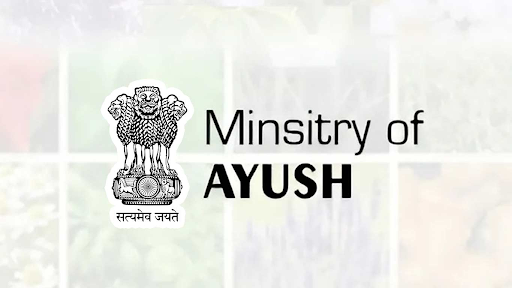Description

Copyright infringement not intended
Picture Courtesy: indianexpress.com
Context: The ongoing legal debate on sub-categorization among Scheduled Castes in India, before a seven-judge Supreme Court bench, revolves around the question of whether states can sub-classify SC reservations or if this authority solely rests with the President.
Summary of the evolution of the legal debate over sub-categorization among Scheduled Castes (SCs)
1975 - Punjab's Sub-Categorization Attempt
- The Punjab government issued a notification in 1975, dividing its 25% SC reservation into two categories. The first category reserved seats exclusively for the Balmiki and Mazhbi Sikh communities, giving them preferential treatment in education and public employment.
- This sub-categorization aimed to address the economic and educational backwardness of specific SC communities within the state.
2004 - Andhra Pradesh's Struck-down Law
- In 2004, a five-judge constitution bench in the case of 'E.V. Chinnaiah v State of Andhra Pradesh' struck down a similar law introduced by Andhra Pradesh in 2000.
- The Supreme Court held that sub-classifying SC communities violated the right to equality, treating communities differently within the same category. The court emphasized the homogeneity of the SC list defined by the Constitution and the President's exclusive power to create this list under Article 341.
Punjab & Haryana High Court's Decision
- In 2006, the Punjab & Haryana High Court struck down the 1975 notification, affirming the principles laid down by the Supreme Court in the Chinnaiah case.
2010 - Attempted Reintroduction by Punjab
- In 2010, the Punjab government attempted to reintroduce sub-categorization through the Punjab Scheduled Caste and Backward Classes (Reservation in Services) Act, 2006.
- The High Court once again struck down this provision, leading to an appeal to the Supreme Court.

2014 - Referral to Five-judge Constitution Bench
- In 2014, the Supreme Court in 'Davinder Singh v State of Punjab' referred the appeal to a five-judge constitution bench to reconsider the 2004 Chinnaiah decision.
2020 - Reconsideration of Chinnaiah Ruling
- In 2020, the constitution bench held that the 2004 Chinnaiah decision required reconsideration. The court rejected the notion of SCs as a homogeneous group, recognizing the presence of inequalities within the list.
Introduction of Creamy Layer Concept
- Since the Chinnaiah decision, the concept of a "creamy layer" has been applied to SC reservations. In the 2018 'Jarnail Singh v/s Lachhmi Narain Gupta' case, the Supreme Court upheld the creamy layer concept within SCs, putting an income ceiling on eligibility for reservations.
Current Scenario - Seven-judge Constitution Bench
- In the present, a seven-judge constitution bench, headed by Chief Justice of India D Y Chandrachud, is set to hear the case on sub-categorization among SCs.
- The key issue is whether states have the power to create sub-classifications or if this power is exclusively vested in the President.
Sub-Categorisation among Scheduled Castes (SCs) in India
|
Background
|
|
Constitutional Protection
|
●Scheduled Castes (SCs) in India, historically referred to as "untouchables," have faced systemic discrimination based on their caste identity for centuries.
●The Indian Constitution, recognizing the social injustice and exploitation faced by SCs, mandates protective measures in Article 46. This includes promoting their educational and economic interests, thereby addressing the historical disadvantages.
|
|
Reservation Policies
|
●To bridge the socio-economic gaps and provide opportunities for SCs, reservation policies have been implemented in education, employment, and political representation.
●However, there's growing acknowledgement that these benefits haven't been uniformly distributed among all SC groups.
|
Sub-Categorisation
- Sub-categorisation of SCs aims to address the intra-group disparities by creating smaller groups based on socio-economic and educational indicators. The goal is to ensure a more equitable distribution of reservation benefits among SCs.
- The concept of sub-categorisation has sparked debate due to its complexities and potential challenges. It involves redefining and restructuring the existing reservation system, which has both supporters and critics.

Legal and Political Developments
- Supreme Court Rulings: The Supreme Court has upheld the legality of sub-categorisation within SCs, provided it is based on quantifiable data and serves a legitimate purpose.
- State-Level Implementation: Several states, including Tamil Nadu, Punjab, and Haryana, have implemented sub-categorisation, showcasing the varied approaches at the state level.
- Central Government's Stance: The central government has been cautious, setting up committees to examine the issue but has not yet implemented nationwide sub-categorisation, reflecting the need for a comprehensive and considered approach.
Key Issues and Challenges
- Defining Criteria: Determining appropriate criteria for sub-categorisation, such as social, economic, educational, and occupational indicators, is crucial to ensure accurate classification.
- Data Collection: Accurate and reliable data on SC communities is essential for effective implementation and addressing the unique challenges faced by different sub-groups.
- Political Consensus: Building consensus among SC groups and political parties is necessary to avoid conflicts and ensure a smooth implementation process.
- Legal Challenges: Potential legal challenges, based on claims of discrimination or violation of constitutional rights, need to be anticipated and addressed.
- Administrative Capacity: Ensuring that the administrative machinery can handle the complexity of sub-categorisation is crucial for successful implementation.

Conclusion
- The legal debate involves considerations of equality, historical discrimination, and the need for equitable distribution of reservation benefits among different SC communities. The outcome of this case will have implications for various SC communities across states that may seek sub-categorization for better representation and access to benefits.
|
PRACTICE QUESTION
Q. How does the concept of sub-categorisation within Scheduled Castes (SCs) in India address the historical disparities and intra-group inequalities, and what are the key challenges associated with its implementation in terms of legal, political, and administrative dimensions?
|













